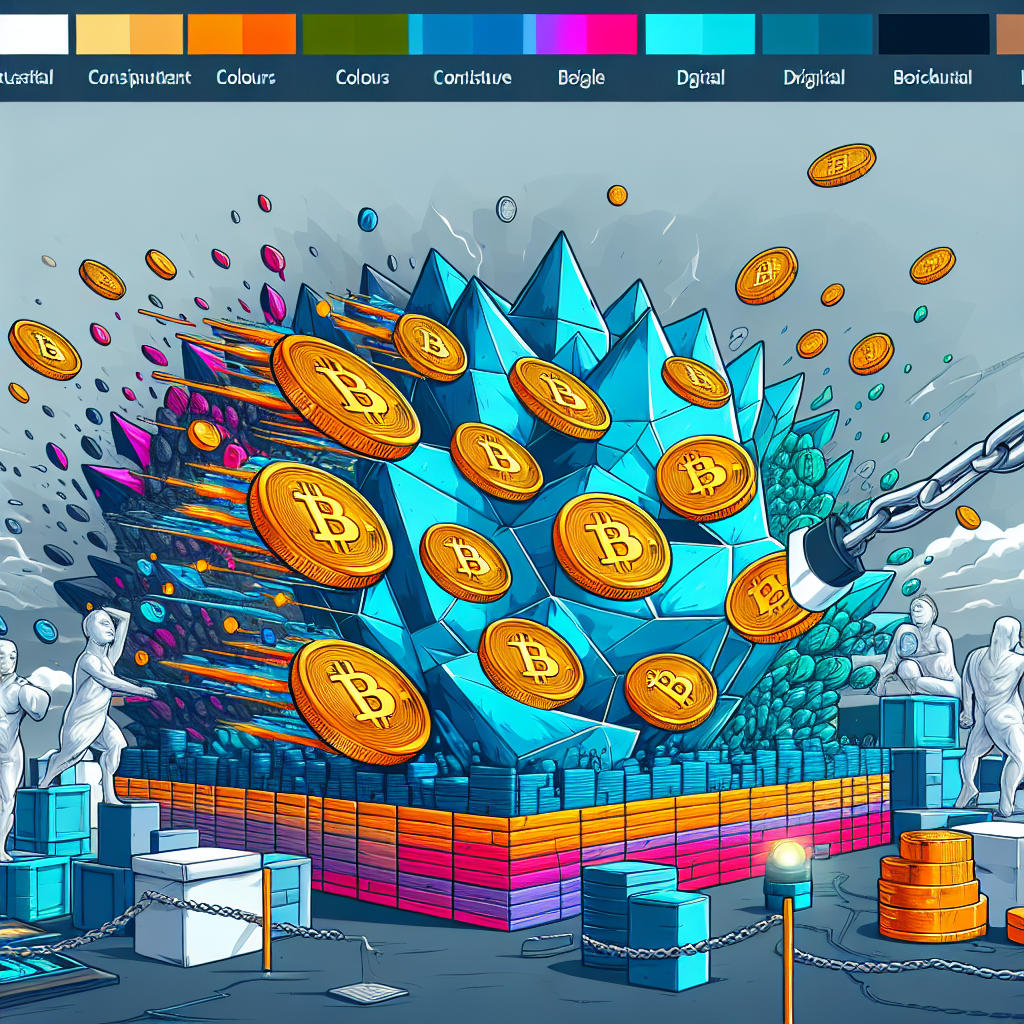The Graph has introduced a revolutionary Web3 data standard, GRC-20. This data standard is set to ease indexing on public blockchains and facilitate smoother interactions across different protocols.
In an exciting development in the blockchain sector, The Graph has revealed its unprecedented Web3 data standard, affectionately known as GRC-20. With this new standard, the process of indexing public blockchains will become significantly simplified, paving the way for enhanced interactions across varied protocols.
The Introduction of GRC-20
Identified as the first data standard for Web3, the Graph’s GRC-20 fosters a harmonious environment for developing applications on public blockchains. With a unified and standardized approach, this novel data standard will aid in the efficient extraction of data from various blockchains. Consequently, it minimizes the necessity of having an exclusive subgraph (a function of The Graph protocol used to index blockchain data) for each blockchain protocol. This essentially translates to a more streamlined and cost-efficient process.
The Benefits of Standardization
By standardizing the structure of data indexing, the GRC-20 data standard boasts numerous benefits. Firstly, it provides a simplified and convenient landscape for developers to build applications on public blockchains, thereby reducing the complexity involved in data extraction. Secondly, it offers a reliable solution for individual blockchain protocols that seek to interact with each other, effectively ensuring a more coherent ecosystem. Lastly, for end-users, it allows for a seamless interaction experience across multiple applications, regardless of the underlying protocol.
The Graph’s GRC-20 in Action
GRC-20 has already been implemented by The Graph in the indexing of Ethereum and IPFS data. This revolutionary standard has allowed the company to steer clear of creating exclusive subgraphs for Ethereum and IPFS, instead adopting a more efficient approach which involves indexing both protocols using the same subgraph. This is a testament to the efficiency and potential of GRC-20 as a Web3 data standard.
Looking Ahead: The Future of Web3 Data Standards
As the field of blockchain continues to evolve, the significance of standardization in data indexing cannot be overstated. The introduction of the GRC-20 by The Graph is indeed a notable step that is likely to influence the future development of public blockchains. By facilitating smoother interactions between different protocols, the GRC-20 sets the stage for a more integrated and efficient blockchain ecosystem. As such, the ongoing evolution and adoption of GRC-20 and other such data standards can be seen as a key factor driving the future of Web3.
Final Thoughts
The introduction of GRC-20 by The Graph marks a significant milestone in the blockchain sector. This Web3 data standard is not only simplifying the process of indexing on public blockchains but also facilitating smoother interactions across different protocols. Thus, a unified data standard like GRC-20 has the potential to revolutionize the way developers, protocols, and users interact on the blockchain. It is a testament to The Graph’s commitment towards pushing boundaries and catalyzing innovation in the blockchain realm.






